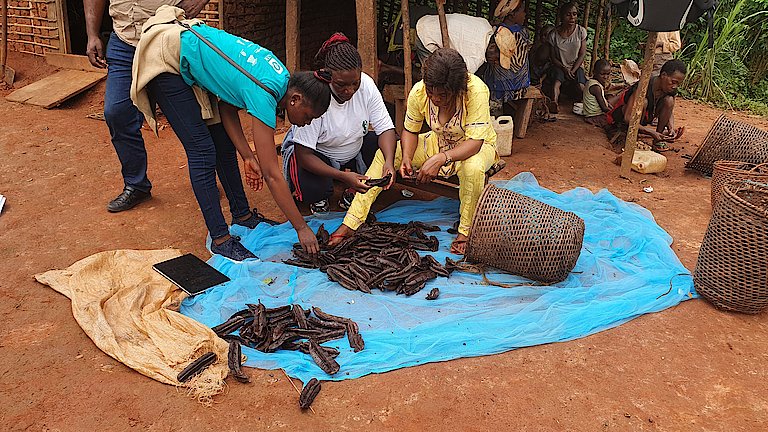Description of Ravintsara
In Madagascar, Cinnamomum camphora is called Ravintsara, which means "good leaf" in Malagassy. This evergreen tree is native to East Asia and has been cultivated in Madagascar since the mid-19th century. The tree, reaching up to 30 meters in height, has glossy, leathery leaves that are the primary source of Ravintsara essential oil. In Madagascar, the tree has naturalized, spreading widely and adapting to the local environment. Originally introduced during the French colonial period, the Ravintsara tree has undergone a natural mutation in Madagascar. This adaptation distinguishes it from its Asian counterparts and has allowed it to thrive in its new habitat, becoming an important part of the local flora.
Usage of Ravintsara
Traditionally, Ravintsara has been used in Madagascar for its medicinal properties, treating ailments such as colds, flu, and herpes. The local population values the dried leaves for tea and chewing to strengthen the immune system. In modern times, the essential oil is widely used in aromatherapy and natural medicine for its antiviral, immunostimulant, and calming properties, particularly effective against respiratory infections and stress-related conditions.
Small-scale farmers and harvesters play a significant role in ensuring the quality and sustainability of the raw material. The oil is extracted through steam distillation. This value addition transforms the resource into a valuable product due to the emerging demand for Ravintsara essential oil with its fresh, camphoraceous aroma. Despite its potential, the Ravintsara sector faces challenges such as limited access to advanced processing technologies, inadequate local expertise, fluctuating prices and lack of dialogue with the local communities about the natural resources.



















